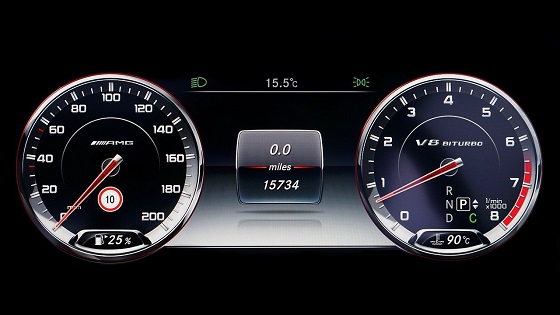The Trends and Requirements of PCBs for Ultra-Fine-Pitch LED Display
The Trends and Requirements of PCBs for Ultra-Fine-Pitch LED Display

What is PCB?
Printed circuit boards (PCB) are mainly composed of glass fiber and resin, which is a heat-insulating, thermal-insulating, and solid board. The surface of the PCBs is covered with a copper foil layer to transfer signals. Hence, the PCB substrate is also called a copper-clad substrate.

What are the roles of PCBs in ultra-fine-pitch LED applications with different packaging methods?
In the application of (ultra-fine-pitch) LED display, the main functions of PCBs are the following two aspects: The first application is that PCBs can be used as the substrate of LED chips, such as the substrate of SMD, IMD devices, LED lamp beads. PCB is a substrate also used for LED chips and driver ICs, such as display mainboards of LED display modules.

SAC solder paste SnBiAg solder paste SnBiAgSb solder paste SnBiAgX solder paste SnBi solder paste BiX solder paste AuSn solder paste SnSb solder paste SnPb solder paste ACP Flux

The new trends of PCBs in ultra-fine-pitch LED application scenarios
The new ultra-fine-pitch LED has a number of different characteristics from the traditional LED display. The new type of LED chip size is small. The point-to-point pitch becomes smaller. The light source density increases, Besides, the overall calorific value is significantly increased. Due to the new features of ultra-fine-pitch LED display, PCBs for ultra-fine-pitch LEDs are developing in the direction of low warpage, low deformation, high modulus, and high thermal conductivity. High thermal conductivity can solve the problem of high heat generation and provide faster heat dissipation. It can prolong the service life of the LEDs and driver ICs. Low warpage, low shrinkage, and high modulus improve the yield of ultra-fine-pitch LEDs. Due to the small size of LED chips, the ultra-fine-pitch LED is prone to the problem of reduced die bonding accuracy due to slight deformation of the PCBs during the manufacturing process, resulting in a decrease in die bonding yield. Low warpage, low deformation, and high modulus help to reduce die-bonding deviation and improve yield. At the same time, the thermal expansion coefficients of PCB and LED are different. The thermal expansion coefficient of PCB is relatively large. The ultra-fine-pitch LED display generates a large amount of heat during operation, which damages the LED. Therefore, PCBs used for ultra-fine-pitch displays need to have the characteristics of low warpage, low deformation, and high modulus.
The PCB material requirements for different applications?
Different application areas have different requirements for PCB materials and maturity. The PCBs currently used in the (ultra-fine-pitch) LED display field include FR4 and BT. FR4 is mainly used for large-size display substrates. BT is suitable for making small-size SMD lamp beads and IMD devices. Most PCBs used in the (ultra-fine-pitch) LED display field include 2, 4, 6, and 8 layers. Normally, the smaller the dot pitch and the less routing space, the more PCB layers are required to accommodate circuit traces. The wiring complexity of the display mainboards is higher than that of the lamp beads, so ultra-fine-pitch LEDs require PCBs to have more layers.


















 Back to list
Back to list



